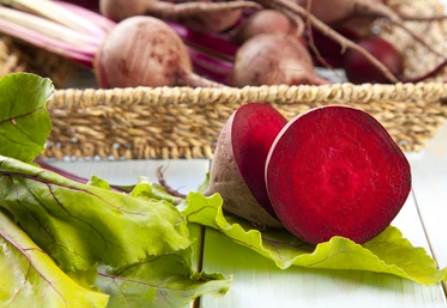
Betaine is a water-soluble alkaloid; the chemical name is N-methyl-substituted amino acids, and the chemical structure is like amino acids, which is a quaternary ammonium alkaloid, widely found in cuttlefish, shrimp, goji berries, sugar beets and other plants and animals. Betaine is an intermediate product of animal metabolism, which plays an important role in nutrient metabolism; it is also an essential osmoregulatory substance, which is very important for plants to enhance stress resistance, such as salinity and drought tolerance. Lifeasible provides colorimetric and HPLC methods for detecting betaine and provides customers with analysis of products in the field of plants.
The specimen is pre-dried in a drying oven to constant weight. The dried specimen is weighed, added to glacial acetic acid, and heated until dissolved. Add mercury acetate solution, cool, add 2 drops of crystal violet indicator, titrate with the perchloric acid standard solution until the solution is green, and correct the titration results with the blank test.
Under the condition of pH=1.0, betaine hydrochloride can produce red precipitate with Ray's salt, centrifugation; after discarding the supernatant, the precipitate was dissolved in 70% acetone and showed pink solution, and the reaction solution showed the maximum absorption peak at 525 nm. The content of betaine hydrochloride was in accordance with Lambert-Beer law at 0.1-12.5 mg.
It is suitable for the determination of betaine content in Lycium barbarum. The betaine component in the sample was extracted by methanol solution, cleaned up by mixed cation exchange solid phase extraction column, and then fixed with acetonitrile solution, and finally measured by HPLC equipped with the ultraviolet detector at the wavelength of 205 nm, and characterized according to the retention time of the chromatographic peaks, and quantified by external standard method.
(1) Sample Preparation
The sample to be tested is properly treated, such as extraction, dilution, and filtration, to obtain a sample solution ready for injection.
(2) Preparation of Standard Curve
Prepare a series of standard solutions of known concentration of betaine to construct the standard curve.
(3) HPLC Condition Setting
Set the conditions of the HPLC instrument, including flow rate, column temperature, detection wavelength, and column type.
(4) Sample Injection
Inject the sample solution into the HPLC system for analysis. Gradient elution or isothermal elution methods can be used as needed.
(5) Data Analysis
Based on the standard curve, calculate the content of betaine in the sample. Quantitative calculation can be performed using peak area comparison or external standard methods.
Betaine has an absorbance peak in the UV-visible region (commonly about 210-220 nm), so select the appropriate wavelength for detection.
A series of standard betaine solutions at different concentrations are prepared, and a standard curve is constructed using them. Quality control samples are also used for quality control to ensure the accuracy and reliability of the analytical results.
Familiarize yourself with the operation and parameter settings of the HPLC instrument you are using. Adjust the appropriate flow rate, column temperature, detection wavelength, and other parameters according to the specific instrument model and column type.
With state-of-the-art technology and a team of talented scientists and experts, Lifeasible is committed to providing the best betaine analytical services at competitive prices to customers worldwide. If you are interested in our services or have questions, please feel free to contact us or make an online inquiry.
Lifeasible has established a one-stop service platform for plants. In addition to obtaining customized solutions for plant genetic engineering, customers can also conduct follow-up analysis and research on plants through our analysis platform. The analytical services we provide include but are not limited to the following:
Get Latest Lifeasible News and Updates Directly to Your Inbox
Adaptive Evolutionary Mechanism of Plants
February 28, 2025
Unraveling Cotton Development: Insights from Multi-Omics Studies
February 27, 2025